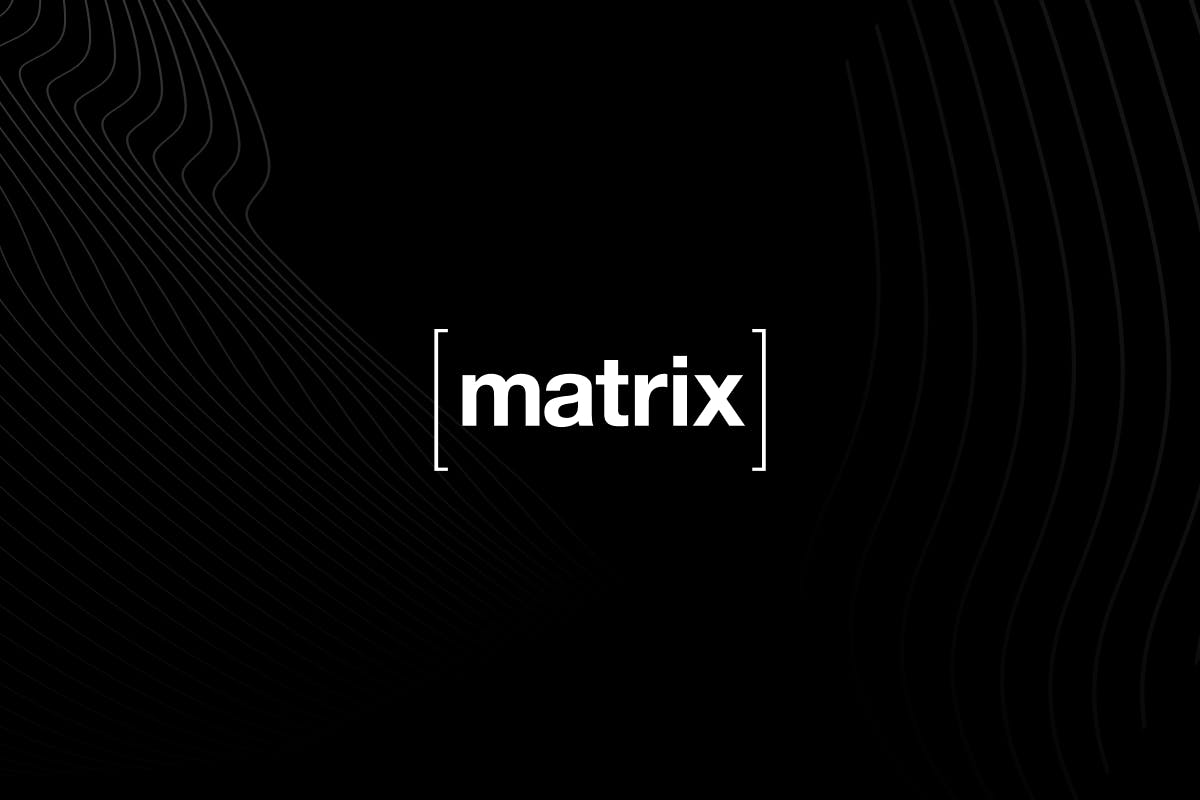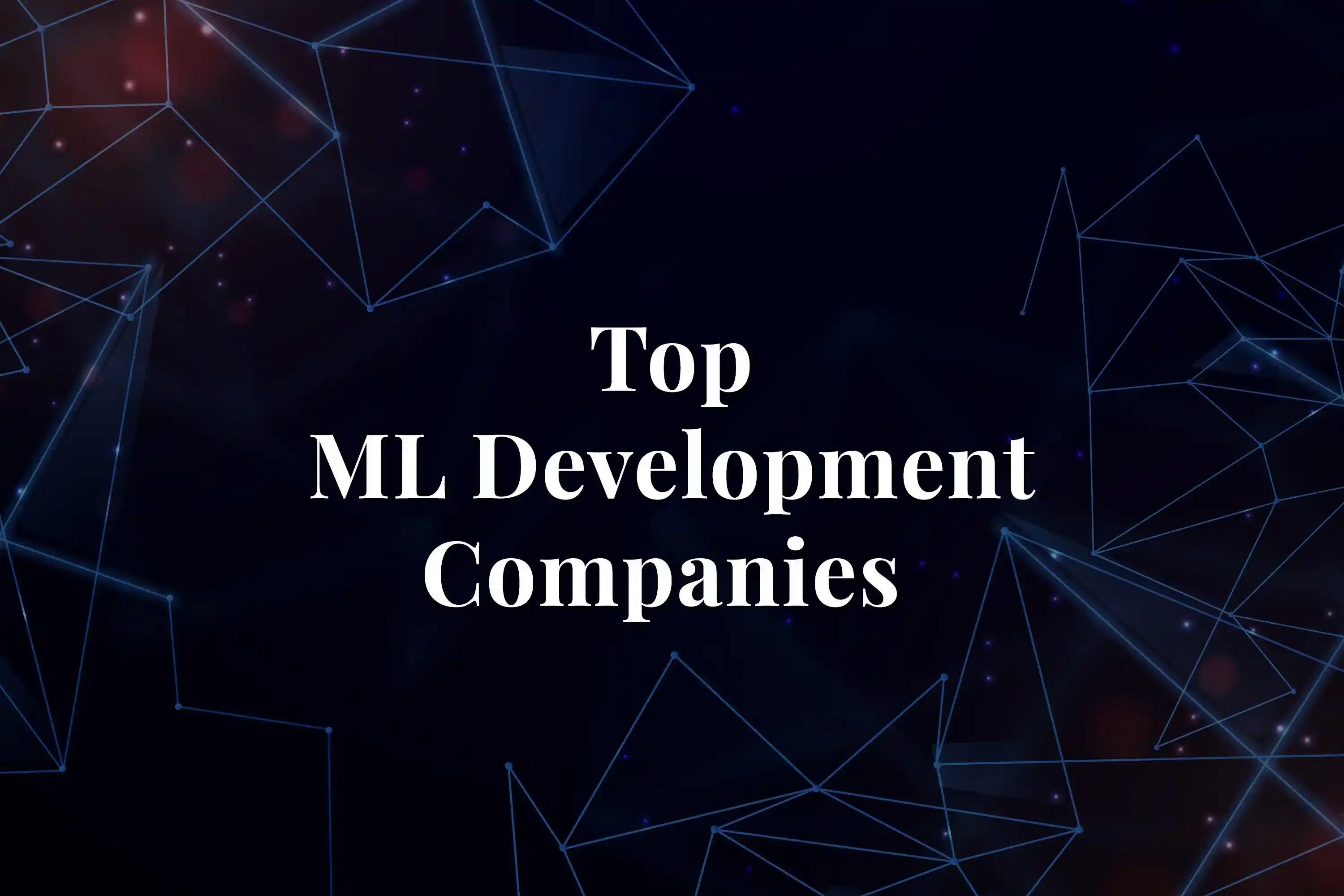


In the landscape of technological advancements in the Internet era, large language models (LLMs) stand out as one of the most prominently discussed and anticipated innovations.
Researchers project that the generative AI sector is poised to expand into a staggering $1.3 trillion market by the year 2032. This surge in growth is attributed to the escalating experimentation by users with generative AI solutions such as ChatGPT, Google Bard, and Bing Chat.
Despite the considerable attention and potential, LLMs are still in their early stages of development, leaving the precise applications within enterprises yet to be clearly defined.
On a broad spectrum, LLM Apps present versatility in deployment across various scenarios within organisations. They exhibit utility in tasks ranging from analysis, processing, summarization, rewriting, editing, and transcription, to the extraction of insights from datasets or input text. As adoption rates continue to climb, certain practical applications of language models emerge as particularly promising.
LLM APIs, or Large Language Model Application Programming Interfaces, serve as interfaces that empower developers to seamlessly incorporate natural language processing capabilities into their applications. Notable examples of large language model applications encompass OpenAI's ChatGPT and Google's Bard. These APIs find relevance in applications facilitating both human-to-machine interactions and machine-to-machine interactions.
A sophisticated class of algorithms known as large language models (LLMs) has emerged, capable of executing diverse natural language processing (NLP) tasks. These models leverage transformer architectures and undergo training on extensive datasets, hence the nomenclature "large." This expansive training equips them to adeptly discern, translate, predict, or generate textual or other content.
Commonly identified with neural networks (NNs), large language models embody computing systems inspired by the intricacies of the human brain. Comparable to neurons, these neural networks operate through layered nodes.
Beyond imparting linguistic proficiency to artificial intelligence (AI) applications, large language models exhibit adaptability to an array of tasks. They can be trained not only in mastering human languages but also in endeavors such as understanding protein structures and coding software. Similar to the human brain, the journey of large language models involves pre-training followed by fine-tuning, facilitating their prowess in resolving text classification, question answering, document summarization, and text generation challenges.
The versatility of LLM Application models extends to applications in various domains, including healthcare, finance, and entertainment. In these sectors, they play pivotal roles in an assortment of NLP applications such as translation services, chatbots, AI assistants, and more, contributing significantly to problem-solving capacities.
Large Language Model (LLM) applications offer a multitude of benefits and find wide-ranging utility across various domains due to their advanced natural language processing capabilities. Here are some key reasons why LLM apps are increasingly valued:
Large language models offer a myriad of applications, proving highly advantageous for problem-solving by presenting information in a lucid, conversational style that enhances user comprehension.
Following the meticulous development and deployment of a Language Model (LLM) tailored for specific tasks, proceed to construct and implement applications that optimise the full spectrum of the LLM's capabilities. Essentially, use LLMs to craft practical, real-world solutions.
In addition to strategic planning, data preparation, and all other vital ethical adherence, building an LLM application requires some additional factors to avoid the hurdles. Here are the lists of key factors to consider for building a high-performing LLM application.
Once you have finished developing your Language Model (LLM) application the next step is to deploy it to production. Apart from that, there are a few more additional factors to be considered for the deployment of LLM applications without any hurdles.
Language Models (LLMs) have been successfully applied to various language-related tasks. If you are about to analyse the real-world use case of LLM application then it will be hard for you to leave out any industries or sectors.
Check out the few popular real-world use cases of LLM applications:
1. Translation With Language Models
Exploiting the abilities of Language Models (LLMs) presents an advanced solution for written text translation. Users can input text into a chatbot, instructing it to intuitively translate into another language. The efficiency of this process is noteworthy, with studies indicating that LLMs, exemplified by GPT-4, rival established commercial translation tools like Machine learning development, and Google Translate. However, it's essential to recognize that GPT-4 excels in translating European languages, displaying slightly diminished accuracy when dealing with "low-resource" or "distant" languages.
2. Malware Analysis
Google's cybersecurity LLM, SecPaLM, unveiled in April 2023, introduces a novel application of language models in malware analysis. The Google VirusTotal Code Insight utilises Sec-PaLM LLM to scrutinise and elucidate script behaviours, providing users with insights into whether they harbor malicious intent. This method of scanning files for malware eliminates the need for users to employ a sandbox for testing destructive capability.
3. Content Creation
Language models have become instrumental in content creation, enabling users to generate diverse written content, spanning blogs, articles, short stories, summaries, scripts, questionnaires, surveys, and social media posts. The quality of the output hinges on the specificity of the initial prompt. Moreover, LLMs can aid ideation, as evidenced by the 33% of marketers who utilise AI for generating ideas or inspiration, thereby accelerating the content creation process.
4. Search
Generative AI serves as an alternative search tool, where users can pose questions in natural language to chatbots, receiving instant responses laden with insights and facts on various topics. However, it's crucial to exercise caution, as not all content retrieved through solutions like Bard or ChatGPT is guaranteed to be accurate. Language models, susceptible to hallucination, may inadvertently fabricate facts, necessitating users to verify information independently.
5. Virtual Assistants and Customer Support
Generative AI shows promise in customer support as virtual assistants. McKinsey's research reveals a substantial increase in issue resolution and a reduction in handling time through the application of generative AI. Virtual assistants empower customers to swiftly address queries, request refunds, and report complaints, eliminating the need to wait for human support agents and automating repetitive tasks for employees.
6. Detecting and Preventing Cyber Attacks
Language models find a significant cybersecurity application in detecting and preventing cyberattacks. Making the most of their capacity to process extensive data sets across enterprise networks, LLMs can discern patterns indicative of malicious cyber activity, triggering alerts. Cybersecurity vendors are actively exploring this technology for threat detection, with solutions like SentinelOne's LLM-driven system automating threat hunting and response initiation.
7. Code Development
Generative AI tools extend their prowess beyond natural language generation to coding in languages such as JavaScript, Python, PHP, Java, and C#. While capable of generating basic code for simple projects, caution is advised for more complex tasks, necessitating thorough checks for functionality and security during development.
8. Transcription
LLMs gain attention for their ability to accurately transcribe audio or video files into written text. Providers like Sonix utilise generative AI to create and summarise transcripts, eliminating the need for manual audio transcription. Notably, LLMs excel over traditional transcription software due to their natural language processing capabilities, enabling context inference from audio statements.
9. Market Research
Generative AI's capacity to summarise and derive insights from extensive data sets makes it a valuable tool for market research. Language models process user input or datasets to generate written summaries, offering insights into trends, buyer personas, competitive differentiation, market gaps, and other information crucial for long-term business growth.
10. Keyword Research
AI assistants contribute significantly to streamlining keyword research. Users can seek advice on optimal keywords for a specific topic, enhancing SEO-friendly titles for websites. Employing LLMs like ChatGPT for initial keyword identification followed by cross-verification with third-party tools ensures a comprehensive approach to keyword research with substantial traffic considerations.
The ethical dimension in artificial intelligence (AI) establishes a fundamental framework for steering the evolution, implementation, and application of AI technologies, notably Language Models (LLMs). Confronting the intricate ethical terrain within AI, especially concerning LLMs, is imperative to guarantee the alignment of these technologies with human values, rights, and the overall well-being of society. This segment delves into the intricate facets of ethical considerations in AI and LLMs, elucidating the unique challenges that surface within this sphere.
Ethical concerns surrounding bias in Language Models (LLMs) pose a significant threat to the fairness and equity of AI applications. Bias, in this context, denotes the systematic and unjust favouritism or prejudice directed toward specific groups, perspectives, or characteristics. This section delves into the intricate dimensions of bias in LLMs, encompassing its various types, sources, and the extensive ramifications it imposes on AI applications.
Bias in LLMs manifests in diverse forms, each carrying unique implications for the outcomes and decisions generated by these models. Noteworthy types of bias include:
As we navigate through the world it becomes clear that language learning models (LLMs) are not sources of information. They are shaped by the data they consume reflecting biases and historical inequalities. Our investigation has revealed how bias can subtly permeate LLM outputs influencing perceptions reinforcing stereotypes and perpetuating disparities.
However, within these challenges lie opportunities for change. Strategies and techniques have emerged to address bias and ensure that LLMs enhance understanding rather than reinforce prejudice. The ethical considerations that run through this discussion from transparency and accountability to inclusivity and user-centred design highlight the role we all play in shaping AI development without writing code. So, are you looking for AI experts to develop your next LLM app? Connect with Codiste, a Large Languages Model App Development Service provider. Their expertise lies in developing LLM apps enabling their developers to integrate natural language processing into an app with ease.




Every great partnership begins with a conversation. Whether you’re exploring possibilities or ready to scale, our team of specialists will help you navigate the journey.